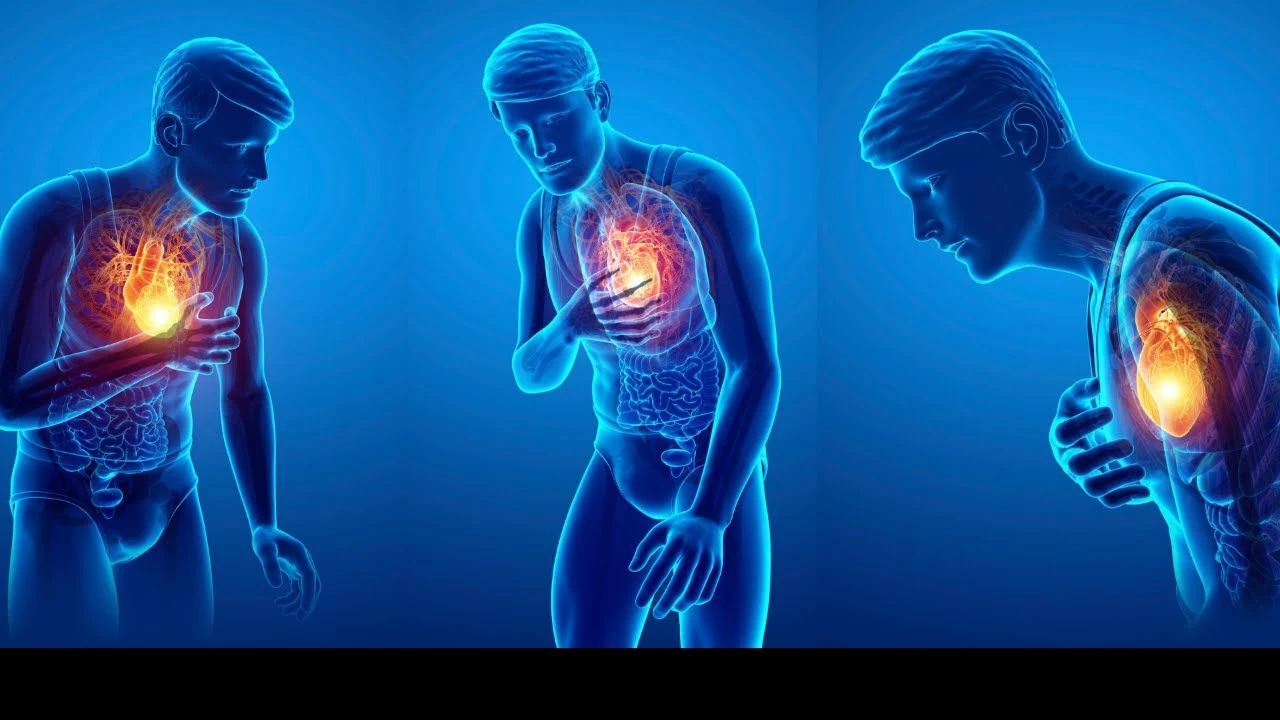Keto Diet Guide: Basics, Benefits & Simple Tips for Beginners
Thinking about trying the keto diet but not sure where to start? You’re not alone. Lots of people hear the word "keto" and wonder if it’s a fad or something that actually works. The short answer is: it can help you lose weight, steady blood sugar, and feel more energetic—if you follow the basics correctly.
How Keto Works
The keto diet swaps carbs for fat. Normally your body burns glucose (sugar) from carbs for fuel. Cut carbs low enough—usually under 20‑50 grams a day—and your liver starts making ketones from stored fat. Those ketones become the new energy source, a state called ketosis.
When you’re in ketosis, you’ll notice two things quickly: cravings for sweets fade and you feel fuller longer. That’s because protein and fat slow digestion. It also means you can eat tasty meals without constantly counting calories.
Getting Started Safely
First, clean out the pantry. Toss sugary snacks, white bread, most fruits, and anything with a long ingredient list. Replace them with leafy greens, avocados, nuts, cheese, and quality meat or fish. A simple shopping list could be: spinach, broccoli, eggs, chicken thighs, olive oil, almond butter.
Next, track your macros for the first week. Aim for about 70‑75% calories from fat, 20‑25% from protein, and only 5‑10% from carbs. Apps or a notebook work fine—no need for fancy software.
Hydration matters. When you cut carbs, your body loses water and electrolytes fast. Drink plenty of water and add a pinch of salt to meals or sip bone broth to keep sodium levels steady. Magnesium supplements can prevent the dreaded "keto flu" headache that some newbies experience.
If you’re unsure about any health condition—diabetes, thyroid issues, or heart disease—talk to a doctor before you begin. The diet is powerful but not one‑size‑fits‑all.
Meal planning can be easy. A typical day might look like this:
- Breakfast: scrambled eggs cooked in butter with spinach.
- Lunch: grilled salmon on a kale salad drizzled with olive oil.
- Dinner: beef stir‑fry with broccoli, mushrooms, and coconut aminos.
- Snack (if needed): a handful of macadamia nuts or cheese cubes.
Notice there’s no bread, pasta, or sugary drinks. Yet the meals are satisfying and full of flavor.
Testing for ketosis isn’t mandatory, but it can be reassuring. You can use urine strips, a breath analyzer, or a blood meter. If you see a small pink line on a strip or a reading around 1.0‑3.0 mmol/L in blood, you’re good to go.
Finally, stay patient. Weight loss often slows after the first two weeks because your body adapts. Focus on how you feel—more stable energy, clearer mind, fewer cravings—rather than just the number on the scale.
The keto diet isn’t a magic bullet, but it’s a practical tool for many people who want to control carbs and use fat for fuel. Stick to whole foods, keep electrolytes up, and listen to your body. You’ll find out pretty quickly whether this low‑carb lifestyle fits you.

I recently explored the connection between acid indigestion and the keto diet, and I have some important information to share. It turns out that the high fat content of the keto diet can actually trigger acid reflux in some people. Additionally, some common keto-friendly foods, like coffee and spicy dishes, may exacerbate these symptoms. However, there are ways to mitigate this issue, such as avoiding trigger foods and incorporating more alkaline foods into your meals. It's essential to listen to your body and make the necessary adjustments to ensure a comfortable and successful keto journey.
Read More